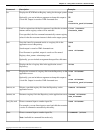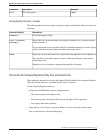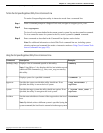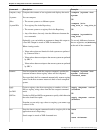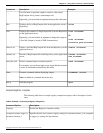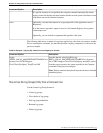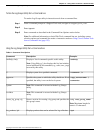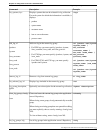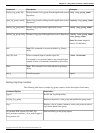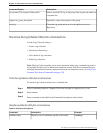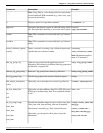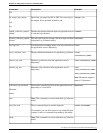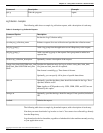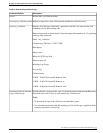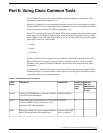
Example:Description:Command:
>dlg <log_group_name>Displays details of a log group from the application server's
Repository.
display_log_group, dlg
>openlg <log_group_name>Opens a log group for editing from the application server's
Repository.
open_log_group, openlg
>rmlg <log_group_name>Deletes a log group from the application server's
Repository.
remove_log_group, rmlg
>renlg <old_group_name>
<new_group_name>
Renames a log group in the application server's Repository.rename_log_group, renlg
Note: Maximum length for
name is 32 characters.
Note: This command is not used with the Log Groups
utility.
xml
>read <filename>Directs command input to another input file.read_file, read
For example, you can direct input to run a batch file that
contains a series of commands executable by this utility.
Note: This command is not used with the Log Groups
utility.
silent
>quitEnds the program.quit, q
Creating a Log Group - Examples
The following table shows a sample log group creation, with a description of each entry.
Description:Command Option:
Invokes the Log Group utility.>lgtool
Initiates a request for a new group and specifies the group name.>clg my_log_group
Displays a list of systems, instances, nodes, and processes whose
logs can be added to the group.
>lsys
Adds an ICM log to the group request.>al /product ICM /system 192.168.2.199
/icm_customer customer_1 /icm_node LoggerA
/icm_process csfs
Cisco Support Tools User Guide for Cisco Unified Software Release 2.1(1)
146
Chapter 12: - Using Cisco Tools from a Command Line
How to Use the Log Groups Utility from a Command Line



